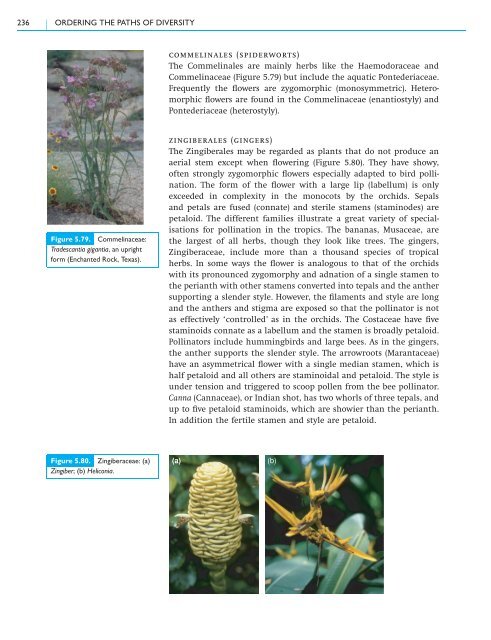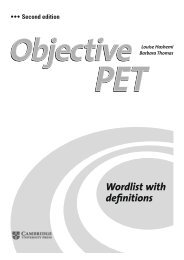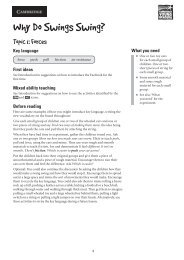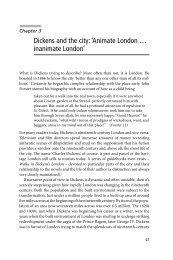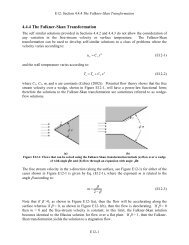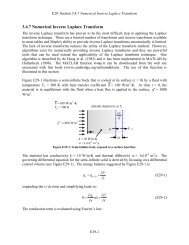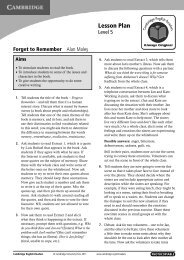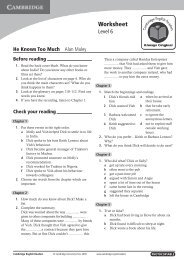5.3 Class Magnoliopsida – flowering plants - Cambridge University ...
5.3 Class Magnoliopsida – flowering plants - Cambridge University ...
5.3 Class Magnoliopsida – flowering plants - Cambridge University ...
Create successful ePaper yourself
Turn your PDF publications into a flip-book with our unique Google optimized e-Paper software.
236 ORDERING THE PATHS OF DIVERSITY<br />
Figure 5.79. Commelinaceae:<br />
Tradescantia gigantia, an upright<br />
form (Enchanted Rock, Texas).<br />
Figure 5.80. Zingiberaceae: (a)<br />
Zingiber; (b) Heliconia.<br />
commelinales (spiderworts)<br />
The Commelinales are mainly herbs like the Haemodoraceae and<br />
Commelinaceae (Figure 5.79) but include the aquatic Pontederiaceae.<br />
Frequently the flowers are zygomorphic (monosymmetric). Heteromorphic<br />
flowers are found in the Commelinaceae (enantiostyly) and<br />
Pontederiaceae (heterostyly).<br />
zingiberales (gingers)<br />
The Zingiberales may be regarded as <strong>plants</strong> that do not produce an<br />
aerial stem except when <strong>flowering</strong> (Figure 5.80). They have showy,<br />
often strongly zygomorphic flowers especially adapted to bird pollination.<br />
The form of the flower with a large lip (labellum) is only<br />
exceeded in complexity in the monocots by the orchids. Sepals<br />
and petals are fused (connate) and sterile stamens (staminodes) are<br />
petaloid. The different families illustrate a great variety of specialisations<br />
for pollination in the tropics. The bananas, Musaceae, are<br />
the largest of all herbs, though they look like trees. The gingers,<br />
Zingiberaceae, include more than a thousand species of tropical<br />
herbs. In some ways the flower is analogous to that of the orchids<br />
with its pronounced zygomorphy and adnation of a single stamen to<br />
the perianth with other stamens converted into tepals and the anther<br />
supporting a slender style. However, the filaments and style are long<br />
and the anthers and stigma are exposed so that the pollinator is not<br />
as effectively ‘controlled’ as in the orchids. The Costaceae have five<br />
staminoids connate as a labellum and the stamen is broadly petaloid.<br />
Pollinators include hummingbirds and large bees. As in the gingers,<br />
the anther supports the slender style. The arrowroots (Marantaceae)<br />
have an asymmetrical flower with a single median stamen, which is<br />
half petaloid and all others are staminoidal and petaloid. The style is<br />
under tension and triggered to scoop pollen from the bee pollinator.<br />
Canna (Cannaceae), or Indian shot, has two whorls of three tepals, and<br />
up to five petaloid staminoids, which are showier than the perianth.<br />
In addition the fertile stamen and style are petaloid.<br />
(a) (b)


